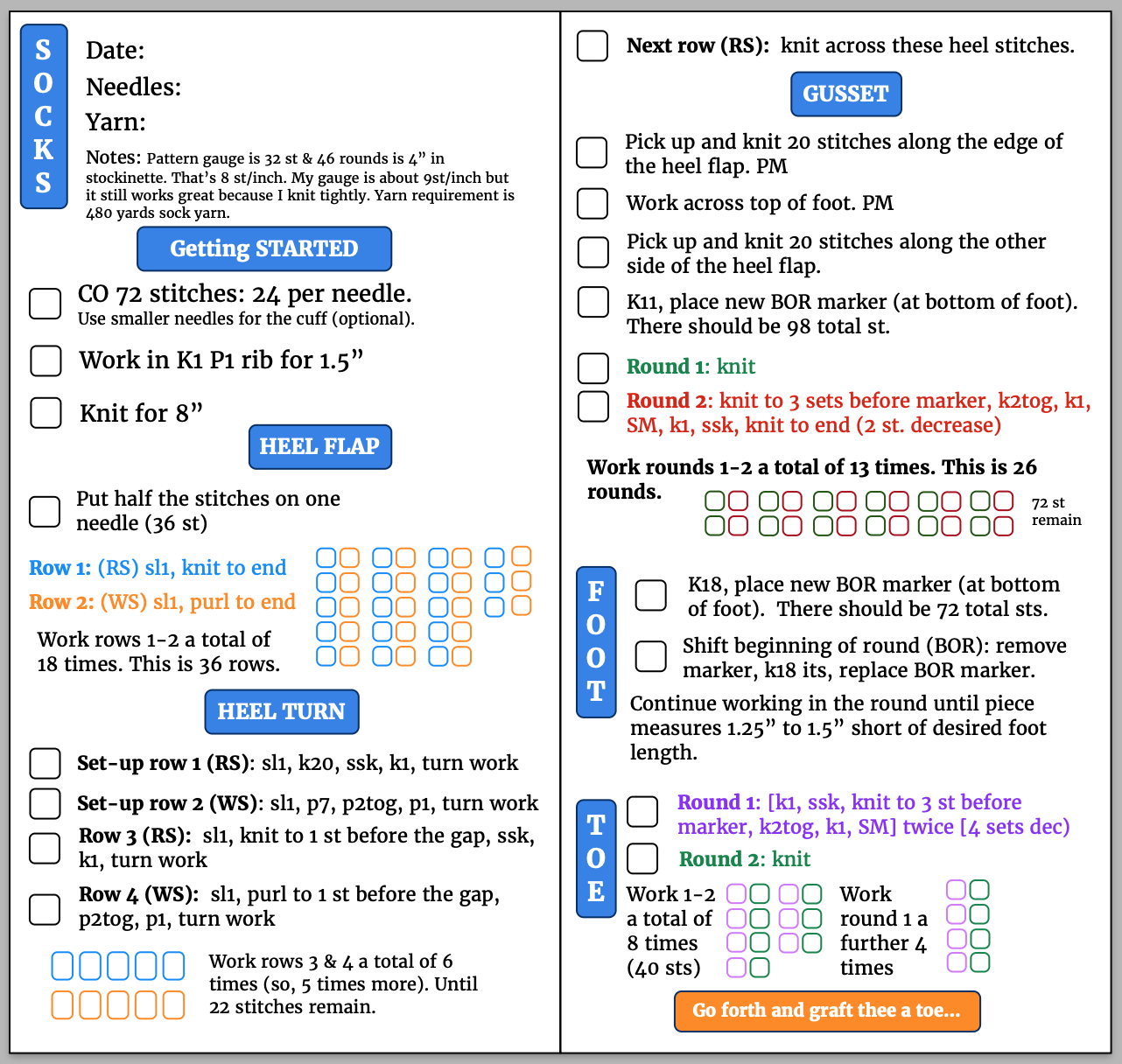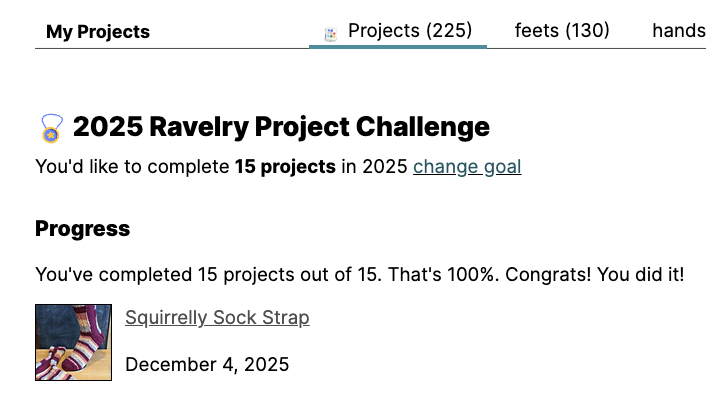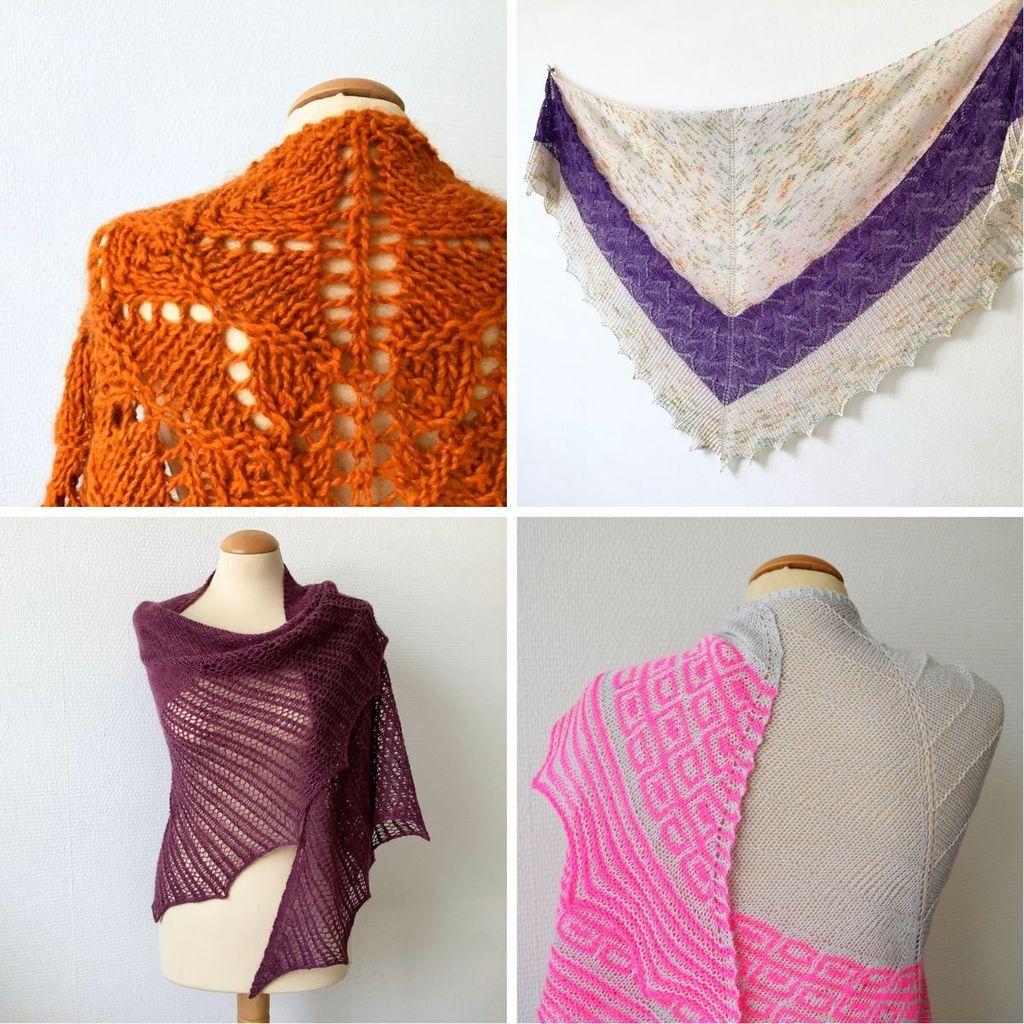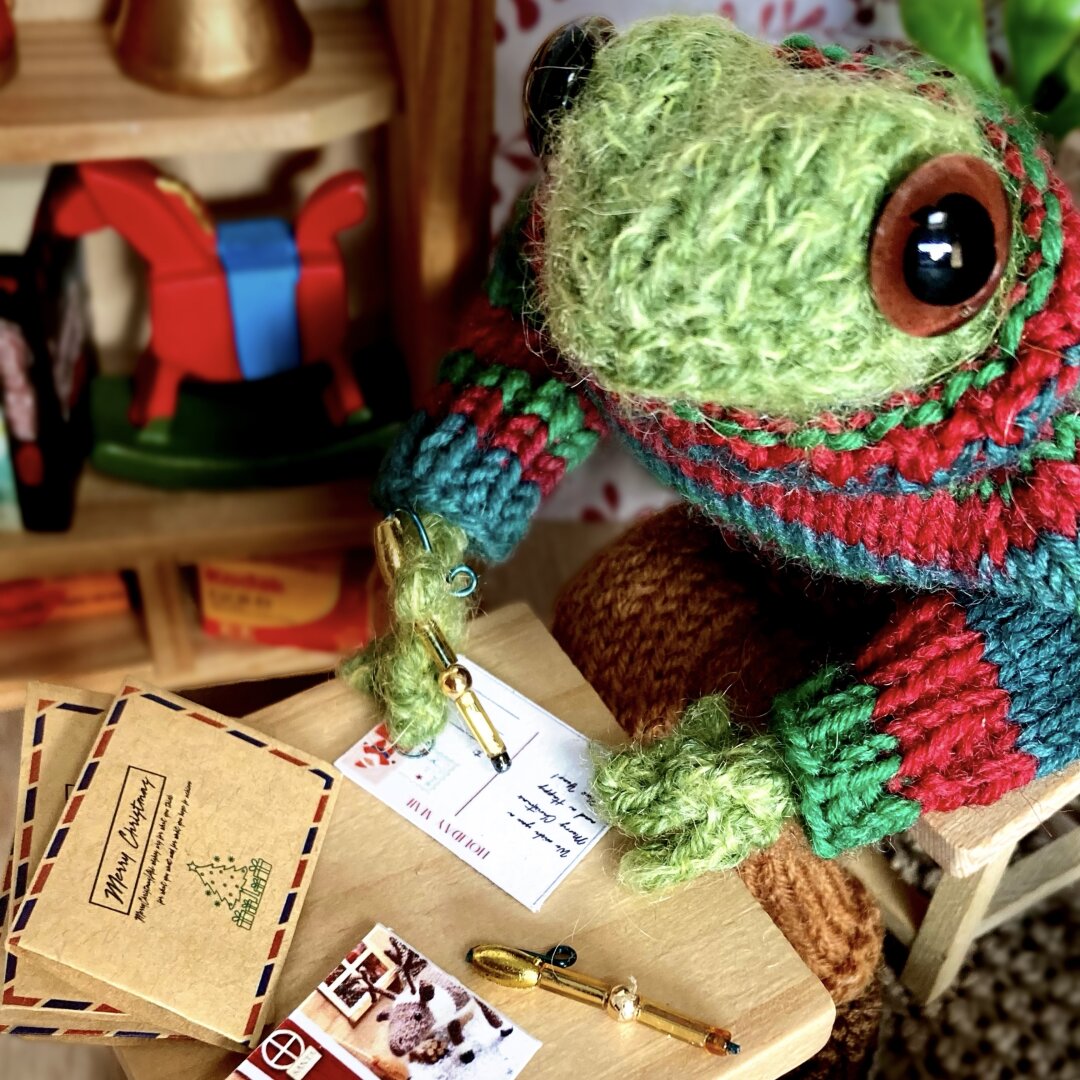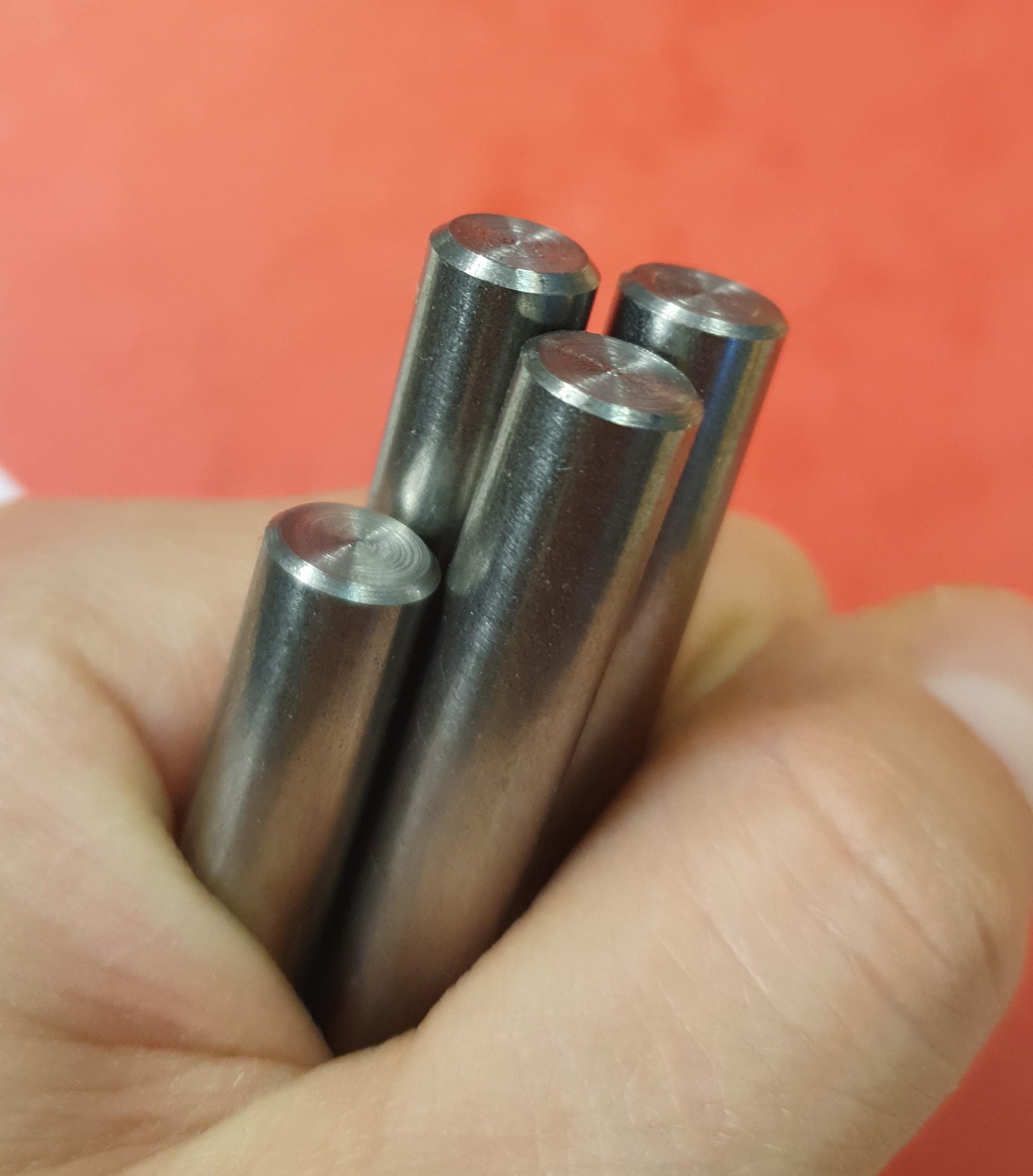Making good progress on Frog and Toad. As soon as I got one floppy leg done, I got the Michigan J. Frog song stuck in my head. #knitting
Good morning dear #knitting community.
I'm looking for a pattern for a cardigan. Requirements: no buttons, with pockets, ends handwith above (!) knee and has a hood.
I really like the Dreamy Cardigan by Trine Meulengracht, though that one doesn't have a hood: https://www.ravelry.com/patterns/library/dreamy-cardigan-my-size
I'd feel comfortable including a hem around the neckline/body, but not a hood without a pattern.
Any pattern recommendations (might also only include a hood)?
Making good progress on Frog and Toad. As soon as I got one floppy leg done, I got the Michigan J. Frog song stuck in my head. #knitting
#startrek scarf #knitting update:
Today I finished the side profile view of the Deep Space Nine station!
There’s only 62 rows left, and they’ll make up the top view of the same station.
I do like how, by pure chance, the station sits within the complete spectrum of colour :)
This should hopefully all be done in the next few days, I’ve decided to add a fringe to it also, so the next update will be when it’s finished, washed, dried, and ready to be sent to my friend for Christmas.
Good morning dear #knitting community.
I'm looking for a pattern for a cardigan. Requirements: no buttons, with pockets, ends handwith above (!) knee and has a hood.
I really like the Dreamy Cardigan by Trine Meulengracht, though that one doesn't have a hood: https://www.ravelry.com/patterns/library/dreamy-cardigan-my-size
I'd feel comfortable including a hem around the neckline/body, but not a hood without a pattern.
Any pattern recommendations (might also only include a hood)?
Fellow fiber artists, does anyone know a good dupe for Knit Picks' Wool of the Andes? I got so used to working with it, but with the whole carpet beetles thing, I don't want to buy from KP anymore (and I recommend other people don't either).
(More info: basically, KP has been selling yarn that has carpet beetle eggs in it and lying to customers about it. It seems one of their warehouses has an infestation. This is all technically alleged at this point, but it seems pretty obvious. Lot of people saying they got carpet beetles after buying from KP.)
AuDHD and dyscalculia are a difficult mix when knitting. Following a regular pattern can be stressful, I tend to lose my place easily.
So I used @OmniGraffle to fix it! I put my favorite sock pattern into a template that, when printed, fits perfectly into my Traveler's Notebook that's always with me. Only the numbers for my size (so I don't mistake other sizes for mine). Checkboxes so I always know exactly where I'm at.
Love this bit of yarn-bombing on a lamp post on Brechin Street in the Finnieston area of Glasgow.
#glasgow #knitting #streetart #yarnbombing #guerillaknitting #finnieston
#knitting content alert! 🧶
One Annual challenge goal achieved, with a couple weeks to spare, even. Still waaaayyyy behind my best year for sock output, but I don't think I'm too likely to hit before-kids knitting time numbers, at least not before the after-kids empty nest years get here.
#startrek scarf #knitting update:
Today I finished the side profile view of the Deep Space Nine station!
There’s only 62 rows left, and they’ll make up the top view of the same station.
I do like how, by pure chance, the station sits within the complete spectrum of colour :)
This should hopefully all be done in the next few days, I’ve decided to add a fringe to it also, so the next update will be when it’s finished, washed, dried, and ready to be sent to my friend for Christmas.
The sale portion of the FO YAL is almost over. So, go look for your favorites! Use code FO2025 until the end of December 4 (ET) to get 25% off all discount-marked patterns! Pictured are some of mine 😉
https://www.fastenoffyal.com/search.html
#LaVischDesigns #Knitting #FastenOff2025 #FastenOffYAL #KnittingProject #KnittingPattern
Fellow fiber artists, does anyone know a good dupe for Knit Picks' Wool of the Andes? I got so used to working with it, but with the whole carpet beetles thing, I don't want to buy from KP anymore (and I recommend other people don't either).
(More info: basically, KP has been selling yarn that has carpet beetle eggs in it and lying to customers about it. It seems one of their warehouses has an infestation. This is all technically alleged at this point, but it seems pretty obvious. Lot of people saying they got carpet beetles after buying from KP.)
AuDHD and dyscalculia are a difficult mix when knitting. Following a regular pattern can be stressful, I tend to lose my place easily.
So I used @OmniGraffle to fix it! I put my favorite sock pattern into a template that, when printed, fits perfectly into my Traveler's Notebook that's always with me. Only the numbers for my size (so I don't mistake other sizes for mine). Checkboxes so I always know exactly where I'm at.
Love this bit of yarn-bombing on a lamp post on Brechin Street in the Finnieston area of Glasgow.
#glasgow #knitting #streetart #yarnbombing #guerillaknitting #finnieston
SUPPORT SMALL BUSINESSES ON CYBER MONDAY!
There are lots of movements out there right now to counter the over-consumption/over-consumerism culture, and if you'd like to get in on that - or even if you just like supporting small businesses generally - or even if you just like getting patterns at a discount - the Fasten Off Yarnalong is here to help!
Read more ⬇️
#FastenOffYAL #WeAintBuyingIt #SmallBusiness #crochet #knitting #TunisianCrochet #patternSales
Time to start writing those holiday cards.
#holidays #christmas
Frog pattern: dotpebbles_knits
#imadethisfrog #knitting #knittedfrog #frogdoll #cute
#miniatures #dollhouse
The sale portion of the FO YAL is almost over. So, go look for your favorites! Use code FO2025 until the end of December 4 (ET) to get 25% off all discount-marked patterns! Pictured are some of mine 😉
https://www.fastenoffyal.com/search.html
#LaVischDesigns #Knitting #FastenOff2025 #FastenOffYAL #KnittingProject #KnittingPattern
Je pense que "bientôt" je pourrai dire que ma machine à tricoter est terminée et fonctionnelle ! 😃 et j'ai même appris à utiliser un tour pour couper l'axe de la manivelle à la bonne longueur.
I think that "soon" I'll be allowed to say that my 3d printed circular sock machine is up and running 😃. And I even learned to use a lathe to cut the metal rods.
https://www.printables.com/model/355228-circular-sock-knitting-machine-for-my-mom-and-you
https://www.thingiverse.com/thing:4695746
Ma doc : https://codeberg.org/eve/eve_csm


